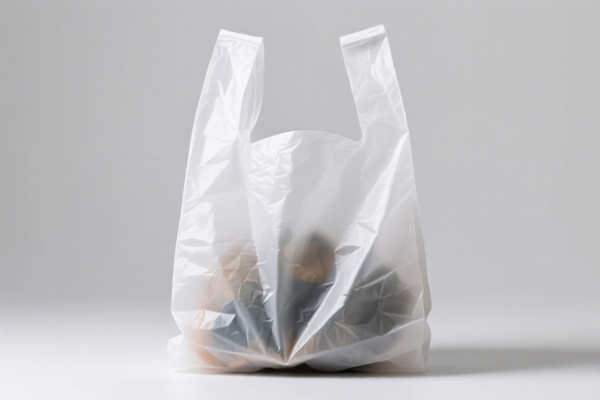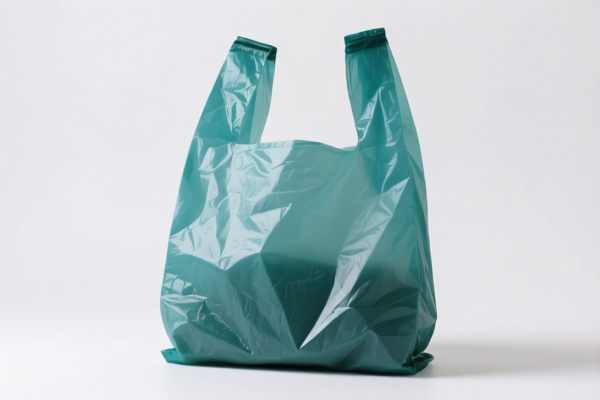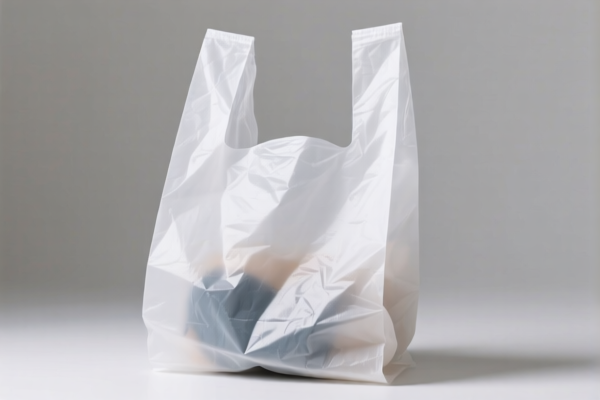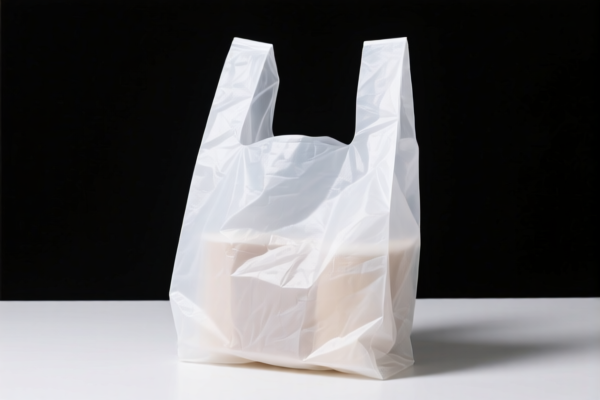| HS Code | Official Doc | Tariff Rate | Origin | Destination | Effective Date |
|---|---|---|---|---|---|
| 6111909000 | Doc | 43.1% | CN | US | 2025-05-12 |
| 6114909070 | Doc | 35.6% | CN | US | 2025-05-12 |
| 6209909000 | Doc | 40.3% | CN | US | 2025-05-12 |
| 6209903040 | Doc | 52.4% | CN | US | 2025-05-12 |
| 6217909075 | Doc | 52.1% | CN | US | 2025-05-12 |
| 6217909095 | Doc | 52.1% | CN | US | 2025-05-12 |
| 6212900090 | Doc | 44.1% | CN | US | 2025-05-12 |
| 6212900030 | Doc | 44.1% | CN | US | 2025-05-12 |
| 3923900080 | Doc | 58.0% | CN | US | 2025-05-12 |
| 3924104000 | Doc | 33.4% | CN | US | 2025-05-12 |
| 3924905650 | Doc | 40.9% | CN | US | 2025-05-12 |
| 4818900080 | Doc | 37.5% | CN | US | 2025-05-12 |
| 4818100000 | Doc | 55.0% | CN | US | 2025-05-12 |
| 4823690020 | Doc | 55.0% | CN | US | 2025-05-12 |
| 4823690040 | Doc | 55.0% | CN | US | 2025-05-12 |




Disposable Bib
A disposable bib is a single-use covering for the chest and neck, designed to protect clothing from food spills, drool, and messes during eating or other activities.
Material
Disposable bibs are commonly constructed from the following materials:
- Paper: Often a multi-layered paper construction, sometimes with a polyethylene backing for water resistance. These are generally the most economical option.
- Non-woven fabric: Typically polypropylene, offering a softer texture and better absorbency than paper.
- Plastic: Polyethylene films are used for complete waterproof protection, though less common due to environmental concerns and comfort.
Purpose
The primary purpose of a disposable bib is to provide a convenient and hygienic solution for minimizing clothing stains and laundry during:
- Infant and toddler feeding: Protecting clothes from spills during self-feeding or assisted feeding.
- Adult care: Assisting individuals with difficulty eating independently or those prone to spills due to medical conditions.
- Arts and crafts: Shielding clothing during messy art projects.
- Dental procedures: Protecting clothing during dental treatments.
Function
Disposable bibs function by creating a barrier between food/liquids and the wearer's clothing. Key features contributing to their function include:
- Absorbency: Materials absorb liquids and prevent them from soaking through to clothing.
- Water resistance: A backing layer (often polyethylene) provides a barrier against liquids.
- Neck closure: Typically a breakaway neck closure (plastic snaps or adhesive tape) for easy application and removal.
- Catch pocket: Many designs include a pocket at the bottom to catch dropped food particles.
Usage Scenarios
- Home use: Everyday feeding for babies and toddlers.
- Restaurants: Providing a convenient option for parents dining out.
- Daycare centers: Maintaining cleanliness and hygiene during meal times.
- Healthcare facilities: Protecting patients during meals.
- Assisted living facilities: Protecting residents during meals.
Common Types
- Paper bibs: Economical, single-layer or multi-layer construction.
- Non-woven bibs: Softer, more absorbent, often with an adjustable neck closure.
- Plastic bibs: Waterproof, reusable to a degree, but less comfortable.
- Bibs with crumb catchers: Include a pocket to collect dropped food.
- Adhesive bibs: Feature an adhesive strip for secure attachment to the skin, commonly used in dental settings.
- Roll bibs: Pre-cut, perforated bibs on a roll for easy dispensing.
Disposable bibs can be categorized based on their material composition and intended use – primarily for protecting clothing during eating or other messy activities.
Here are relevant HS codes based on the provided reference material:
- 4818900080: This code covers “Toilet paper and similar paper, cellulose wadding or webs of cellulose fibers, of a kind used for household or sanitary purposes, in rolls of a width not exceeding 36 cm, or cut to size or shape; handkerchiefs, cleansing tissues, towels, tablecloths, table napkins, bed sheets and similar household, sanitary or hospital articles, articles of apparel and clothing accessories, of paper pulp, paper, cellulose wadding or webs of cellulose fibers: Other Other”. If the disposable bib is made of paper pulp, paper, or cellulose wadding, this HS code may be applicable. The total tax rate is 37.5%.
- 4823690020: This code covers “Other paper, paperboard, cellulose wadding and webs of cellulose fibers, cut to size or shape; other articles of paper pulp, paper, paperboard, cellulose wadding or webs of cellulose fibers: Trays, dishes, plates, cups and the like, of paper or paperboard: Other Cups and round nested food containers”. If the bib is constructed from paper or paperboard and functions as a disposable container to catch food, this code could be relevant. The total tax rate is 55.0%.
- 4823690040: This code covers “Other paper, paperboard, cellulose wadding and webs of cellulose fibers, cut to size or shape; other articles of paper pulp, paper, paperboard, cellulose wadding or webs of cellulose fibers: Trays, dishes, plates, cups and the like, of paper or paperboard: Other Other”. If the bib is made of paper or paperboard but doesn’t specifically function as a food container, this HS code may apply. The total tax rate is 55.0%.
- 3923900080: This code covers “Articles for the conveyance or packing of goods, of plastics; stoppers, lids, caps and other closures, of plastics: Other Other”. If the disposable bib is made of plastic, this HS code may be applicable. The total tax rate is 58.0%.
- 3924104000: This code covers “Tableware, kitchenware, other household articles and hygienic or toilet articles, of plastics: Tableware and kitchenware: Other”. If the bib is made of plastic and is considered a household article, this HS code may apply. The total tax rate is 33.4%.
- 3924905650: This code covers “Tableware, kitchenware, other household articles and hygienic or toilet articles, of plastics: Other: Other”. If the bib is made of plastic and is considered a household article but doesn’t fall under the “Tableware and kitchenware” category, this HS code may apply. The total tax rate is 40.9%.
Customer Reviews
No reviews yet.